10 facts you need to know about steak
Categories: Food and Drinks
By Pictolic https://pictolic.com/article/10-facts-you-need-to-know-about-steak1.htmlSteak is considered one of the most ancient dishes, so ancient that no one can name the exact date of its appearance. From the records that have survived to this day, it is known that something similar to steak was cooked in ancient Rome. The first description of cooking steak, close to the modern version, appeared in the cookbook of Beltis Platinus in 1460. Steak quickly conquered Europe and America, and the development of animal husbandry with an emphasis on beef breeds of steers marked the beginning of the development of a whole steak culture.
Since the advent of steakhouses, many variations of cooking steak have been invented. Chefs have even compiled a set of rules that should be followed when cooking meat on fire. Pre-defrosting, high temperature, roasting are just some of the principles of this gastronomic art. If you start studying the issue more carefully, then you can always discover something new in the culture of steaks.
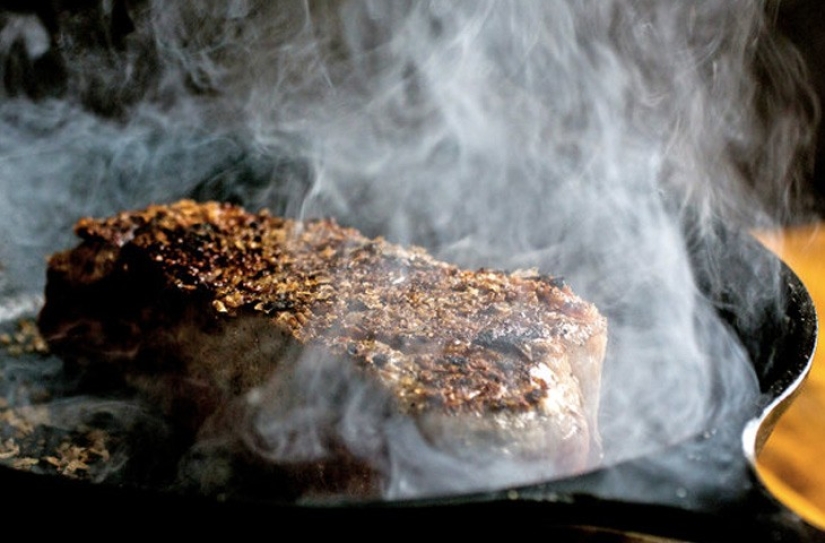
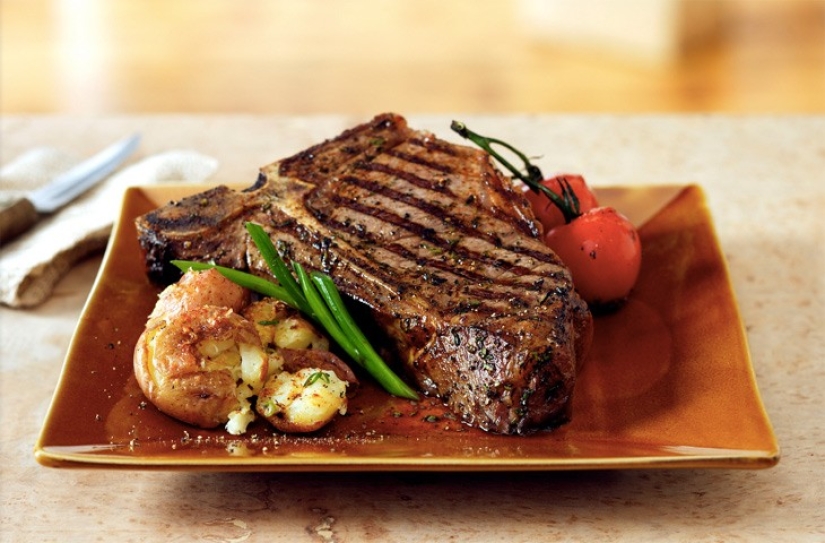
Due to the similarity of the shape of the steak and the T‑shaped bone, some people mistake the tibon for porterhouse and vice versa. Externally, the steaks are really similar, but there is one difference in their structure. Two parts of the steak come from different parts of the carcass, so the steak combines two types of meat: a thin edge and a tenderloin. Porterhouse differs from Tibon in that it has much more meat on one side of the bone - where the tenderloin is located.
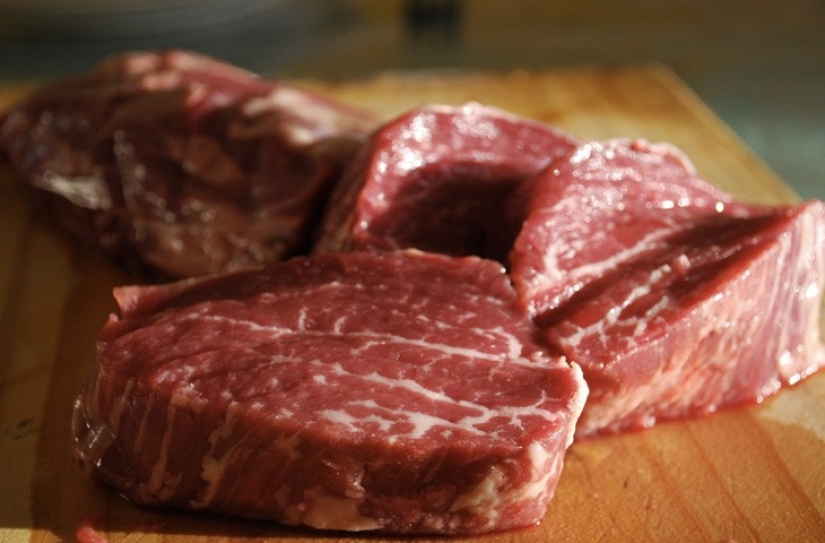
Mixed-fattening steers are more expensive than those that grazed on free pastures and fed on grass. The grass cut in the diet is replenished with grain. Due to this, the meat becomes softer, juicier, and at the same time increases in price.
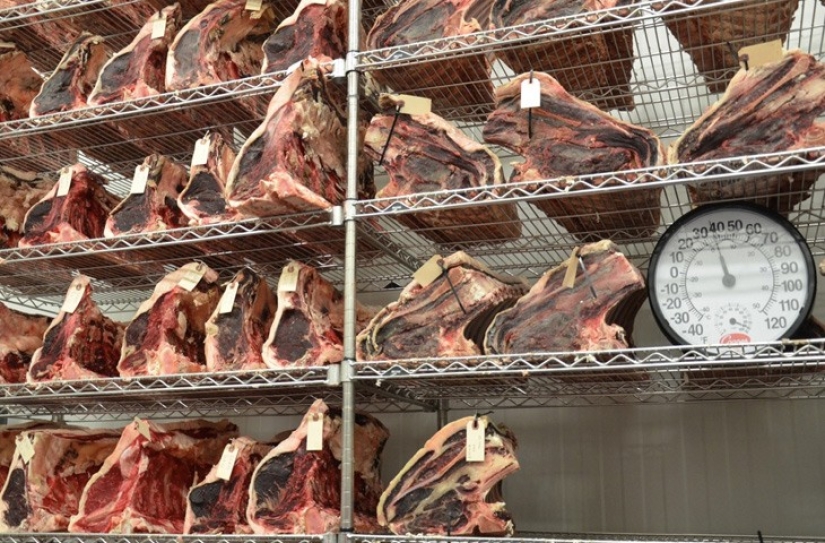
If we recall the physico-chemical side of the aging issue, then, according to it, during the aging of meat, proteolytic enzymes slowly destroy large molecules, turn proteins into amino acids, glycogen into glucose, and fats into aromatic fatty acids. All the changes that occur soften the meat and enrich its flavor. For the maturation of meat, only steaks on the bones are taken. Such cuts, such as filet mignon, do not require aging.
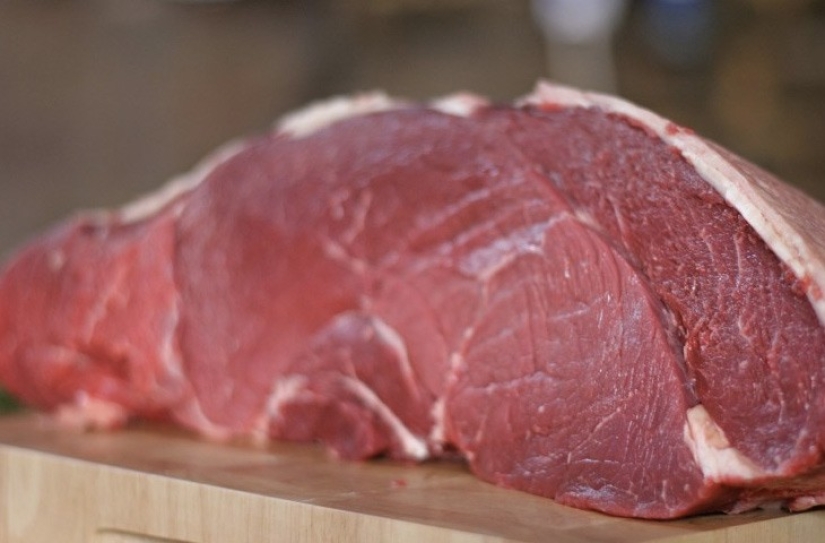
Ramp steak often remains in the shadow of premium cuts. Many people are afraid to make a choice in favor of this particular steak only because they consider it a tough cut. Meanwhile, ramp refers to one of the leanest and tenderest steaks from the back of the carcass. In addition, the cost of a ramp steak is significantly lower than that of popular cuts. Ramp requires a more attentive approach, but the time spent on cooking pays off with a delicate, concentrated taste.
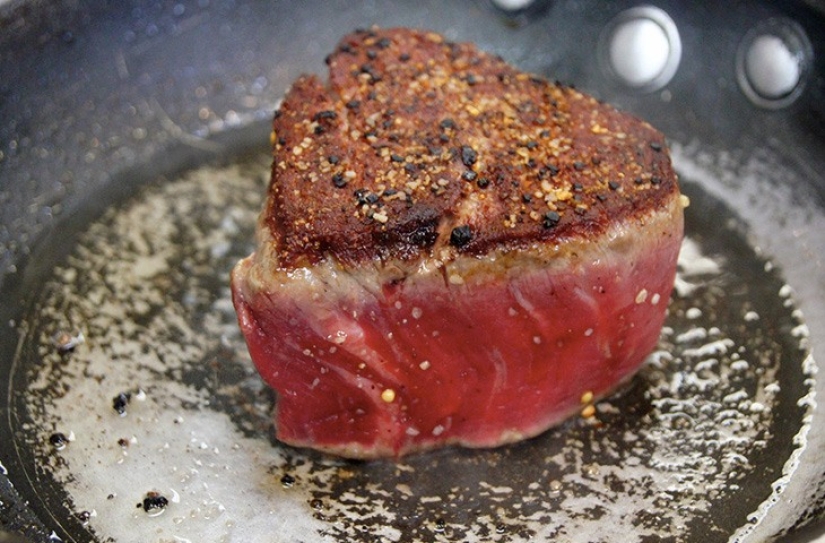
If you start turning the steak over, barely putting it in the pan, the process will turn from pleasant to painful, and as a result you will get a rubber steak. Be patient and wait for Maillard's reaction to begin. It will lead to the darkening of the meat and the formation of that fragrant crust. As soon as it forms, the steak can be turned over.
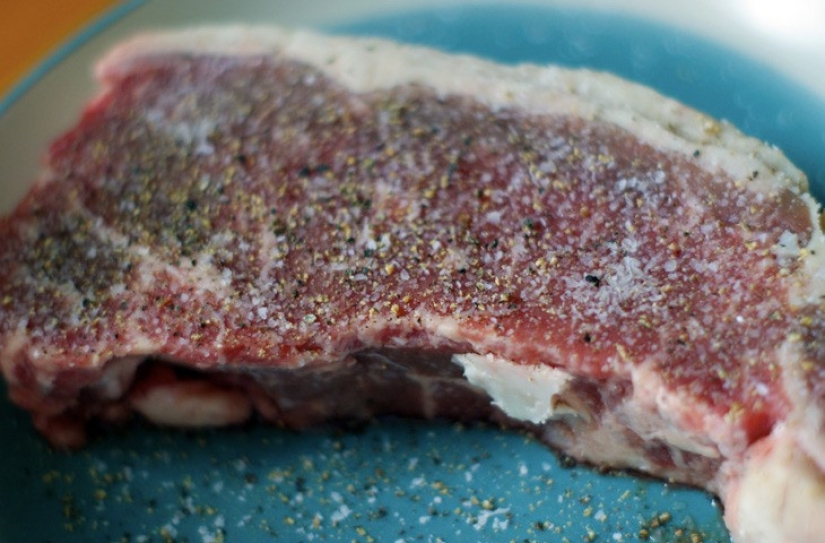
Experts in the preparation of steaks agree that it is better to over-salt it than under-salt it. Especially when it comes to roasting on the grill. Most of the heavy seasonings crumble during cooking, so if you salt the steak just before frying, it's better to hedge and take a little more salt. When the steak is sprinkled with salt 40-45 minutes before cooking, it is worth adhering to standard proportions.
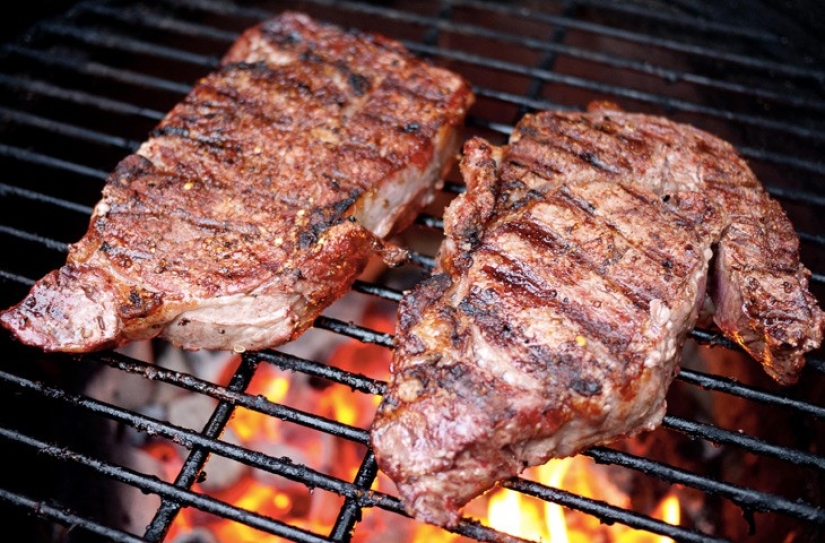
Before you put the steak in the pan, make sure that it is heated well enough. The hot surface allows you to "seal" the steak with a golden crust and avoid moisture loss. When cooking large pieces, when the steak is sealed, the fire is either reduced or the meat is finished cooking in a preheated oven. If this is not done, the meat will be charred on the outside, and inside it will not have time to cook yet.
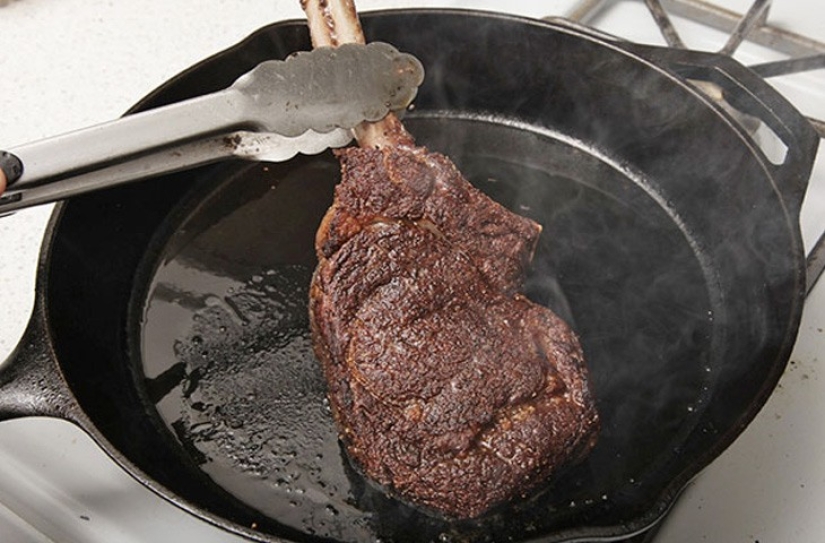
While cooking steaks on the grill, it is better to start frying meat in the direct heat zone. Despite the high temperatures, in the few minutes during which the meat should be fried on both sides, it will not have time to burn, but will only be covered with a ruddy fragrant crust. The sealed steak is moved to the indirect heat area and cooked in it to the desired degree of roasting.
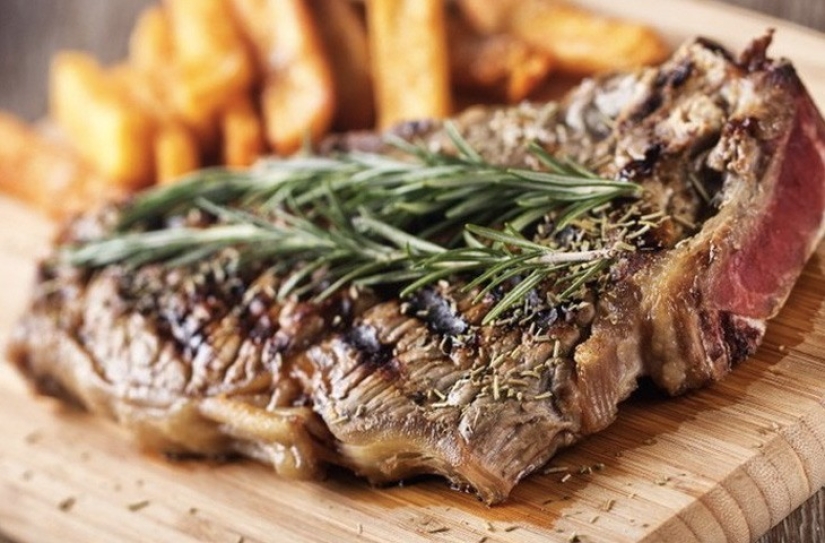
If a steak is accidentally pierced during cooking, it will destroy its structure: the juice will start to flow out, and as a result, the meat will turn out dry. To keep the piece juicy until it is on your plate, turn the meat over with tongs. This kitchen tool is convenient not only because it does not violate the integrity of the structure, but also because, when necessary, with the help of tongs, you can fry the sides of the steak.
The favorite mantra of steakhouse chefs is let the meat rest. In order for the muscle fibers to relax and the juices to redistribute inside the piece, the meat must be left to lie on the board for a while. Many cooks are still haunted by the question — how long do you have to wait? The amount of time needed to rest is calculated based on how long the steak was cooked: divide the time spent on cooking in half, and you will get the rest time of the steak.
Recent articles

Most of us think that the color of the eggshell does not play any role and it is possible not to pay attention. But it's not and ...

The more we rely on technology, the more potential power hackers gain over us. It doesn't matter if their goal is to help or cause ...

Creating a good portrait is one of the most difficult tasks for any photographer. In order to make a really natural and memorable ...